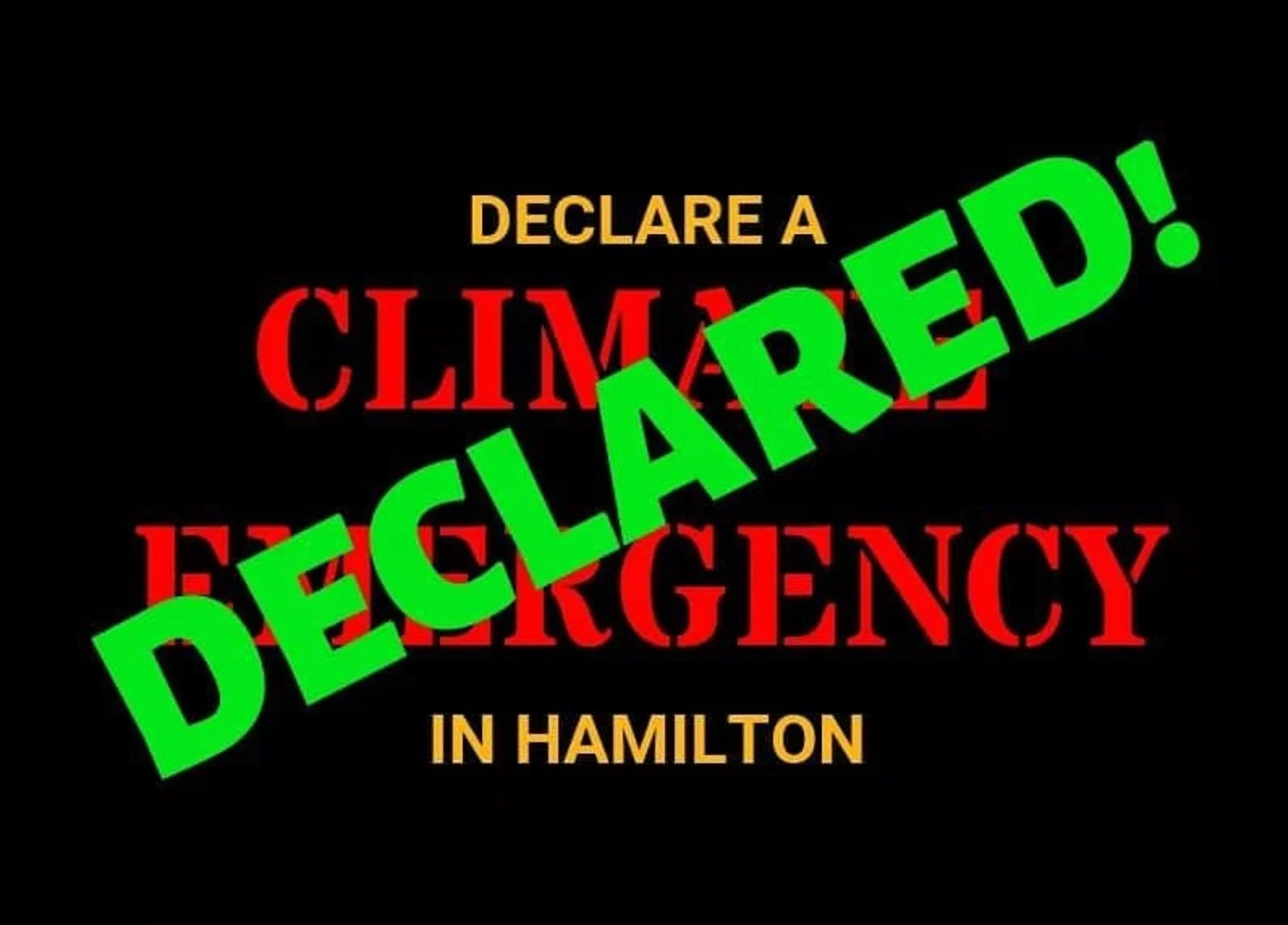How can Hamilton make good on its declaration of a climate emergency to drastically and quickly slash emissions of greenhouse gases in the city?
After nearly a year, Enbridge has obtained approval from the National Energy Board to sell its Line 10 pipeline to Westover Express.
The United Kingdom has become the first country to declare a climate emergency. More Ontario cities have made similar moves and Toronto is going after the oil companies who profit most from the rising levels of greenhouse gases in the global atmosphere.
Proposed reductions in exemptions to development charges are being challenged at two public meetings tomorrow of council’s Audit, Finance and Administration committee.
This is a regular CATCH summary of votes at committee and council meetings. This report covers the month of December 2018.
A proposal to construct a new fracked gas pipeline across rural Hamilton may run afoul of the city’s recently declared climate emergency.
City taxpayers must fill another huge financial hole that has accumulated as a result of exemptions to growth fees.
At the urging of the Environment Hamilton citizens group, city councillors have declared a climate emergency joining hundreds of municipal governments in Europe and North America including Vancouver, Halifax and Kingston.
HSR has struggled for years with virtually no growth, but could look down the highway to the transit innovations of another older Ontario city that is making giant strides.
More challenges are emerging for the huge Elfrida urban boundary expansion plan that is expected to house 80,000 new residents on what are currently farms and wetlands in upper Stoney Creek.
Faced with ballooning cost, the city is poised to end some growth subsidies that have been in place for more than a decade.
Growth numbers released as part of the 2019 operating budget show Hamilton is becoming even more of a bedroom community strongly skewed to greenfield sprawl and with insufficient jobs.
Hamilton’s ongoing update of its development charges has revealed much more than just a huge growth subsidy being paid by existing taxpayers.
Staff are warning that undercharging for growth will cost taxpayers $40 million per year if the city continues to exempt many types of expansion from full development charges (DCs).
There was good news and bad news for the HSR revealed in the transit budget presented late last week and some curiously missing news as well.
This is a regular CATCH summary of votes at committee and council meetings. This report covers the months of September and October 2018, the last months of the former council before the elections.
The provincial government has tossed another bombshell into municipal planning with the release last week of dozens of proposed changes to the rules governing how cities can grow.
Pressure is building on city councillors to formally reject the Ford government’s “open for business” legislation that allows municipalities to use Greenbelt lands and override other environmental and planning legislation to facilitate development.
Population changes in the former city of Hamilton over the last half century reveal one major reason for the ballooning infrastructure maintenance deficit.
Probing by a new councillor has highlighted a disturbing threat to the city’s financial future and overturned long standing claims that growth pays for itself.

